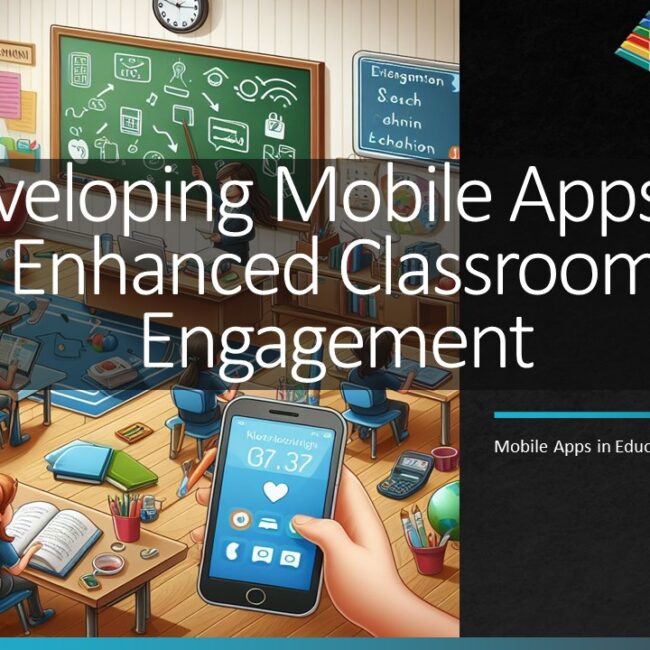
The Rise of Telehealth: Developing Mobile Apps That Connect Patients and Doctors
In recent years, telehealth has emerged as a transformative force in healthcare, reshaping how patients interact with medical professionals. The global pandemic accelerated this shift, highlighting the value of telehealth services in ensuring continuous care while minimizing physical contact. Central to this evolution is the development of mobile apps that connect patients with doctors, offering a blend of convenience, efficiency, and accessibility previously unattainable. This blog delves into the rise of telehealth, focusing on the development of mobile apps that are revolutionizing patient-doctor interactions for healthcare decision-makers.
Understanding the Telehealth Revolution
Telehealth refers to the use of digital information and communication technologies, such as computers and mobile devices, to access healthcare services remotely and manage health care. This can include everything from consultations and diagnoses to monitoring and health education. The development of mobile apps for telehealth purposes is particularly significant, as it places healthcare literally in the palms of patients’ hands, making medical advice and support more accessible than ever.
Key Features of Effective Telehealth Apps
Developing an effective telehealth app requires more than just enabling video calls between patients and doctors. Here are essential features that healthcare decision-makers should consider:
User-Friendly Interface
Ease of use is paramount. Both patients and healthcare providers benefit from an intuitive design that simplifies navigation and makes key functions readily accessible.
Secure Messaging and Video Calls
Confidentiality is a cornerstone of healthcare. Encrypted messaging and secure video conferencing ensure that communication between patients and doctors remains private.
Appointment Scheduling and Reminders
A telehealth app should allow patients to easily schedule appointments and receive reminders. This functionality can reduce missed appointments and improve healthcare access.
Electronic Health Records (EHR) Integration
Integrating the app with EHR systems ensures that doctors have access to a patient’s medical history, enabling more informed care decisions.
Prescription Management
The ability for doctors to prescribe medication directly through the app, with prescriptions sent electronically to a pharmacy, streamlines the treatment process.
Benefits of Telehealth Mobile Apps
Increased Accessibility
Telehealth apps break down geographical barriers, providing access to healthcare services for patients in remote or underserved areas.
Enhanced Convenience
Patients can receive medical consultations from the comfort of their homes, eliminating travel time and reducing exposure to hospital-borne infections.
Improved Efficiency
Telehealth can lead to more efficient use of healthcare resources, with shorter wait times for appointments and the ability to triage patients more effectively.
Overcoming Challenges
Despite the clear benefits, the widespread adoption of telehealth apps faces several challenges:
- Regulatory Compliance: Ensuring that telehealth apps comply with healthcare regulations and standards, such as HIPAA in the United States, is crucial.
- Digital Divide: Access to telehealth services can be limited by a patient’s access to technology and internet connectivity.
- Patient-Doctor Relationship: Maintaining the quality of the patient-doctor relationship in a virtual environment requires effort and consideration.
The Road Ahead
The rise of telehealth and the development of mobile apps connecting patients and doctors represent a significant shift in healthcare delivery. For healthcare decision-makers, investing in telehealth technology is not just about adapting to a trend but embracing a future where healthcare is more accessible, efficient, and patient-centered.
As we look to the future, the focus should be on developing telehealth solutions that are secure, user-friendly, and integrated with broader healthcare systems. By doing so, we can ensure that telehealth continues to be a powerful tool for improving patient outcomes and the overall healthcare experience.
In conclusion, the development of telehealth mobile apps is a crucial step forward in making healthcare more accessible and efficient. For healthcare decision-makers, embracing this technology represents an opportunity to lead in the transformation of healthcare delivery, offering patients the care they need, when they need it, with the convenience and safety that today’s world demands.




